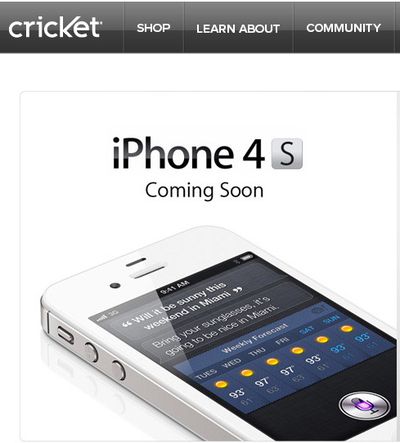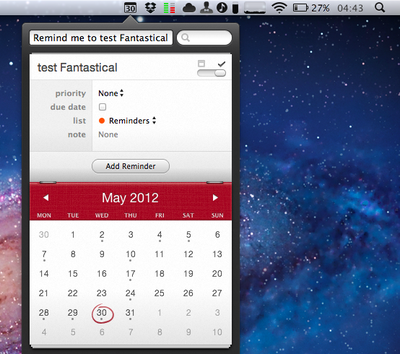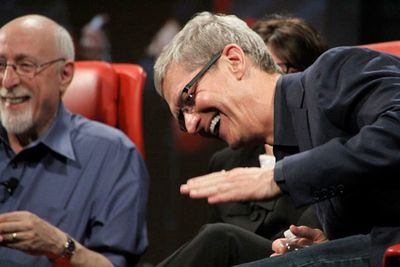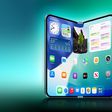Back in March, we noted that Apple had activated Safari tab syncing through iCloud in OS X Mountain Lion Developer Preview 2, with the feature designed to allow users to sync open browser tabs across Macs and presumably iOS devices. Now in a new report from 9to5Mac outlining several OS X Mountain Lion features that will also be making their way to iOS 6, the site unsurprisingly notes that Safari iCloud tab syncing will indeed be coming to iOS as well as OS X.
When the iCloud Tabs button is clicked on an iOS 6 device (or Mac), all the tabs opened on each device are simply shown in a synchronized list. From here, users can quickly pickup individual tabs that they were working on across their Apple devices. The iCloud Tabs button on the iPhone and iPod touch is hidden behind the Bookmarks toolbar.
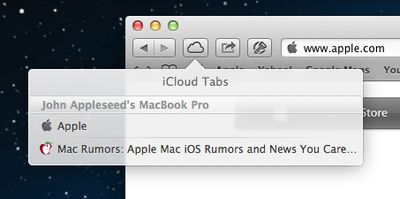
Safari iCloud tab syncing in OS X Mountain Lion
Another new Mountain Lion feature also being implemented in iOS 6 is Mail VIPs. With this feature, users can designate "VIPs" whose emails will appear with stars next to them in Mail to make them stand out at a glance. The feature will also be iCloud-compatible on compatible accounts, with designated VIP statuses being synced across devices.
One final OS X Mountain Lion feature said to be coming to iOS 6 is "Do Not Disturb" mode for Notification Center. As implemented in Mountain Lion, users can turn on Do Not Disturb mode to hide incoming Notification Center banners and alerts. An essentially identical setting has reportedly been added to the top section of the Settings app in iOS 6, allowing users to easily hide incoming notifications and prevent interruptions.
9to5Mac also details some of the Facebook integration coming in iOS 6, noting that the implementation will be very similar to that seen for Twitter. One of the primary areas of integration will be in the Photos app, where users will be able to easily post photos directly to their Facebook timelines. Facebook will also utilize a similar system to the Tweet Sheets seen in iOS 5, offering a window for users to type in text to accompany items being posted to Facebook.


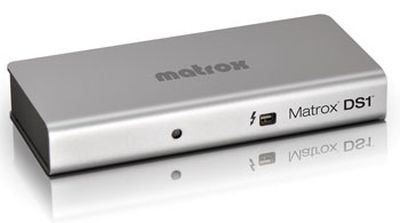 Matrox has
Matrox has 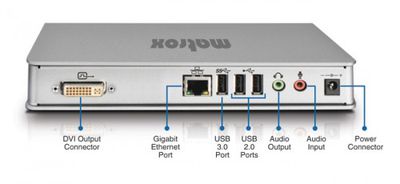
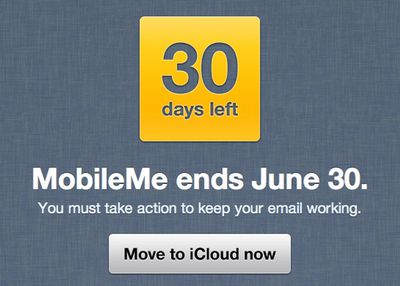



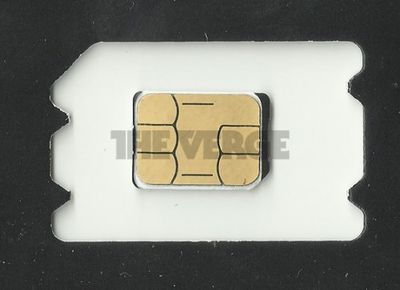
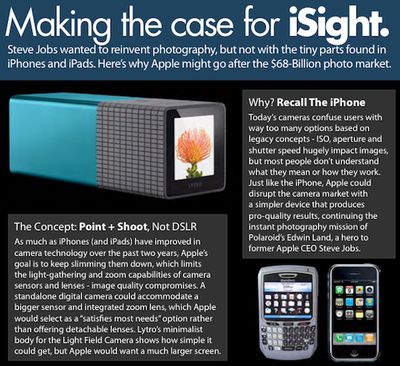

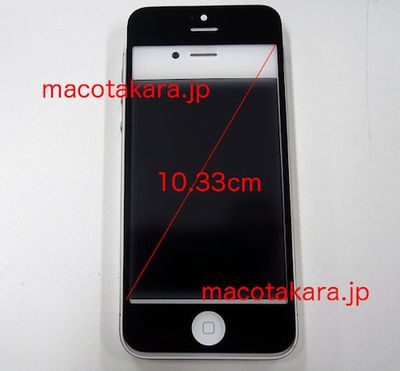
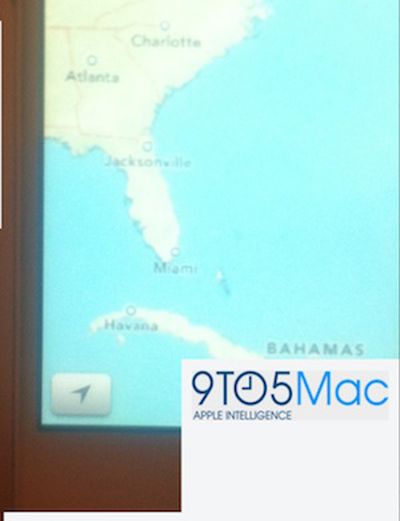
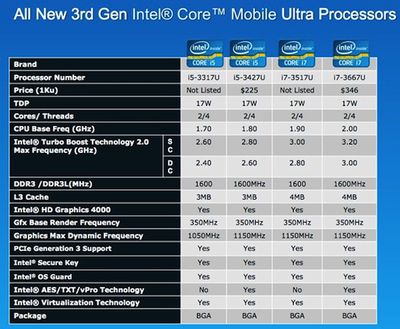
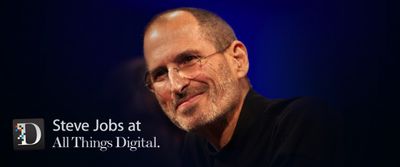 Jobs' five solo appearances check in at between 45 and 95 minutes each.
Jobs' five solo appearances check in at between 45 and 95 minutes each.